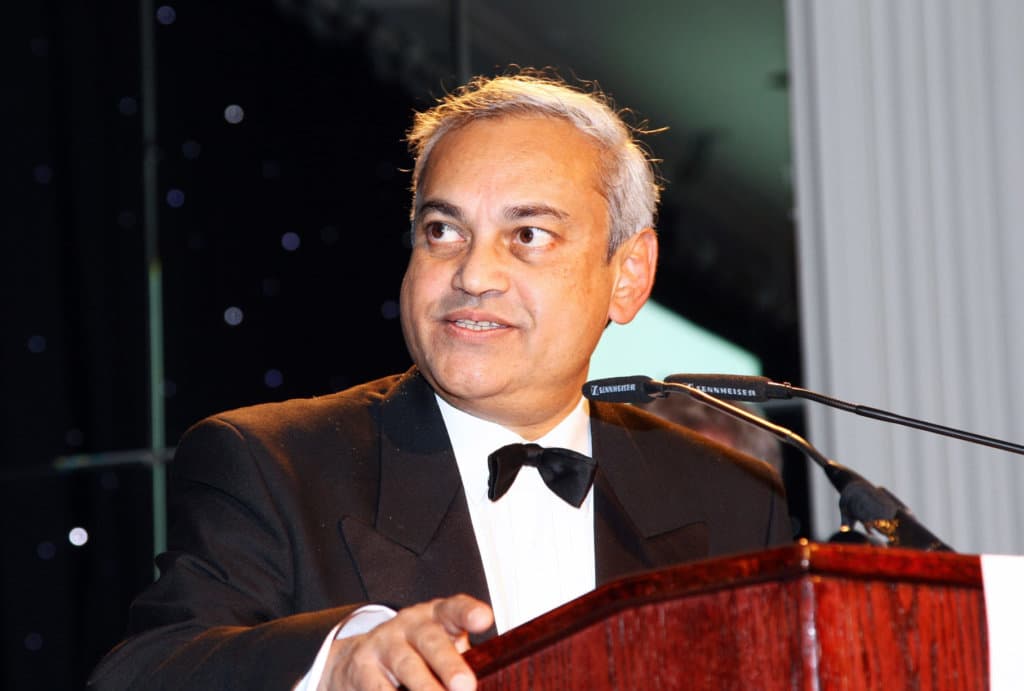Veteran journalist Ashis Ray has spent 30 years gathering documentary evidence about the death of Indian politician and freedom fighter Subhas Chandra Bose (Netaji), which has remained shrouded in mystery and myth.
For many of his followers, Netaji did not die in the plane crash in Taipei in 1945. But Ray’s book Laid to Rest, published by Roli Books, sets the record straight while acknowledging that there are some problems with the documentation. It also supplements that evidence with eyewitness accounts. Anita Bose Pfaff, Bose’s daughter, explains the lapse in documentation as the result of the chaos after the end of the Second World War.
“Subhas Bose was an extraordinary patriot and a shining example of secularism. He is a figure of Indian history one cannot ignore,” Ray, who was born in Vienna, which is also Anita Pfaff Bose’s birthplace, says.
Ray went to London in 1977 to work for the BBC and stayed back in the country. He later worked for the CNN and in the 1990s returned to India as the American publication’s first South Asia bureau chief. He later returned as CNN’s editor-at-large.
The trigger for the book, he tells Little India, was the humanitarian situation created by the fact that neither Subhas Bose’s widow Emilie Schenkl nor his only his child Prof. Anita Pfaff were being granted the satisfaction of closure on the matter of Netaji’s mortal remains. Ray believes that the freedom fighter’s remains are at Tokyo’s Renkoji temple and that they should be brought back to India since Bose wanted to see a free India. He has known Pfaff, who wrote the foreword for the book, since his birth in Vienna.
“Schenkl lived another 50 years after her husband’s death while Pfaff has been knocking on the Indian government’s door for 10 years and yet the remains have stayed in Tokyo instead of being brought to India for immersion in the river Ganga as is the Bengali Hindu custom,” says Ray. “Pfaff’s plea is her father’s desire was to return to a free India, which was thwarted by his death before India became independent. So, she feels at least his remains should come back to the soil of free India as a mark of respect to Bose’s valiant efforts.”
Ray first selected the essential material for the book from the mountain of material and documentary evidence he had gathered over 30 years. He then wrote a draft over a period of seven months.
In his book, Ray denounces those who benefit from fabricating stories about Netaji’s travels post 1945 multiple times. Asked if he feared any backlash, he says, “I suppose people who’ve been making a living out of fabricating stories about Subhas Bose’s after life wanderings will be upset. As a journalist, my primary duty is to fearlessly uphold the truth and nothing but the truth.”
Even those who did not profit from fabricating about his life have believed in conspiracy theories, one of which places Bose in the United States as a lecturer at Cornell University. The book has faced resistance from many people, who claimed that the documents were made in retrospect and were inauthentic.
“I have presented what I believe is irrefutable and overwhelming evidence,” he says, adding that 11 separate official and unofficial investigations in India, Japan, Britain and Taiwan, each reaching the same conclusion, that Subhas Bose died as a result of a plane crash at Taipei on Aug.18, 1945, were conducted.
Ray stresses that it is now for the government, and concerned political parties in India to unite and fulfill Prof. Pfaff’s wishes. “A grave injustice has been rendered to Bose,” he says. “It is an insult to the soul of a great son of India that his mortal remains have been lying in a foreign country for 72 years without being welcomed with state honors.”
